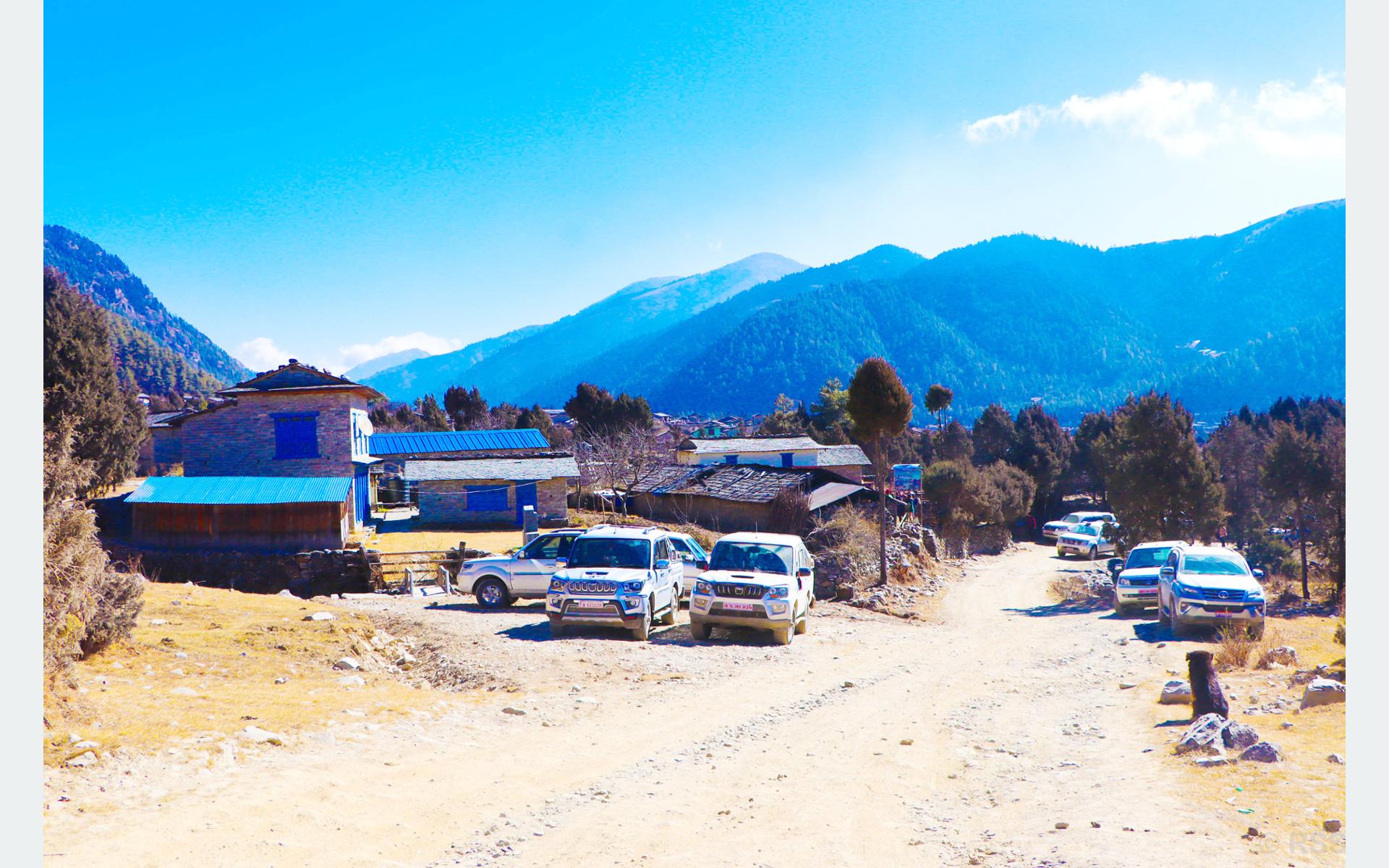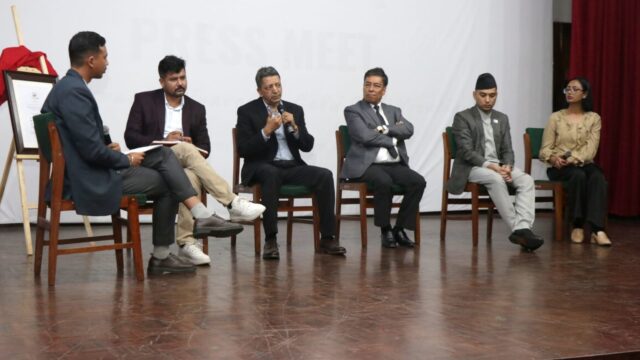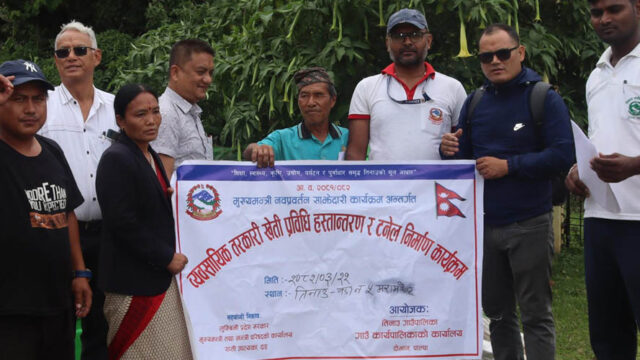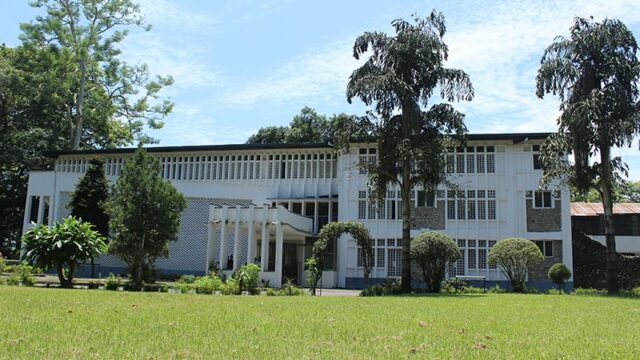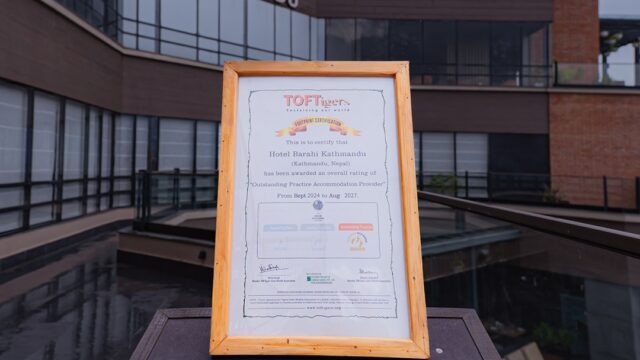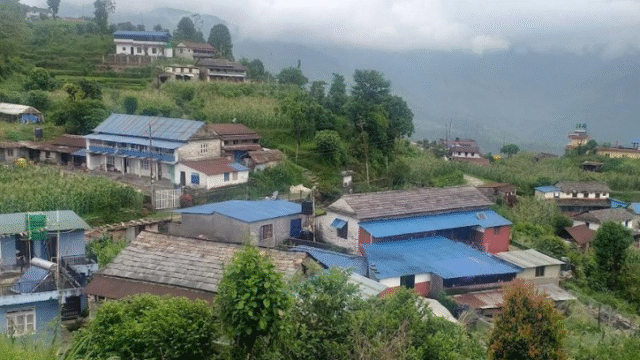Dhorpatan, once a quiet destination known primarily for its religious significance during the Janai Purnima festival, is now experiencing a remarkable surge in tourism. A decade ago, the area would see a flurry of activity only during this festival, as pilgrims flocked to the Dhorbarah Temple. However, the absence of adequate accommodations often left visitors struggling, with many forced to spend the night in makeshift shelters like cattle sheds or under the open sky.
In those days, the lack of basic amenities like hotels made it difficult for visitors to enjoy their stay. Those who managed to secure a spot in the cattle sheds of locals from Officerchaur and Bobang, who were in the valley for livestock grazing, felt a sense of relief amidst otherwise challenging conditions.
Yesterday, Dhorpatan underwent a dramatic transformation. The area, known for being Nepal’s only hunting reserve, now boasts a variety of hotels, restaurants, and homestays, catering to an increasing number of tourists who come not just for religious purposes but also to explore the natural beauty and adventure opportunities in the region.
Jeevan Kumar Pun Magar, President of the Dhorpatan Valley Hotel Entrepreneurs Association, highlighted the rapid growth in the hospitality sector over the past few years. He noted that since 2075 B.S., the number of hotels and homestays has been steadily increasing, with new establishments popping up in locations such as Pakhathar, Syalpakhe, Navi, and around the Dhorbarah Temple. Entrepreneurs, both local and from other regions, have recognized the potential of Dhorpatan and invested in the tourism industry.
This development has significantly improved the experience for visitors. Now, pilgrims visiting the Barah Temple can find comfortable accommodations in areas like Syalpakhe, Navi, Pakhathar, Uttarganga, and Bhuji. What was once a challenging stay under the stars has evolved into a more comfortable experience, thanks to the approximately 34-35 hotels and homestays currently operating in the valley.
The recent influx of tourists, particularly during festival times, has been substantial. Hotel entrepreneur Shyamlal Ghimire reported that by Sunday afternoon, all hotels in Dhorpatan were fully booked, forcing some visitors to stay in local homes. Ghimire, who personally accommodated around 40 guests, anticipates even larger crowds in the coming days, emphasizing that no visitor now needs to stay in a cattle shed.
For hotel operators, festivals like Janai Purnima are the busiest times of the year, with thousands of religious tourists descending upon Dhorpatan. Outside of festival periods, the area continues to attract tourists who explore nearby attractions such as Jaljala, Chhunting, and Bukipatan.
Padam Bahadur Pun, a resident of Dhorpatan Municipality-9, shared his thoughts on the positive impact of the growing hospitality sector. He noted that the region’s cold climate and scenic beauty have made it an attractive destination for both religious and leisure tourists year-round. The introduction of hotels, homestays, and restaurants has eased the hardships visitors once faced, making Dhorpatan a more accessible and enjoyable destination.
Pun believes that further infrastructure improvements, such as upgrading the 32-kilometer road from Burtibang to Dhorpatan, could lead to an even greater influx of tourists, potentially doubling the current numbers. With the ongoing development, Dhorpatan is poised to become one of Nepal’s must-visit destinations for both domestic and international travelers.
Source: RSS
